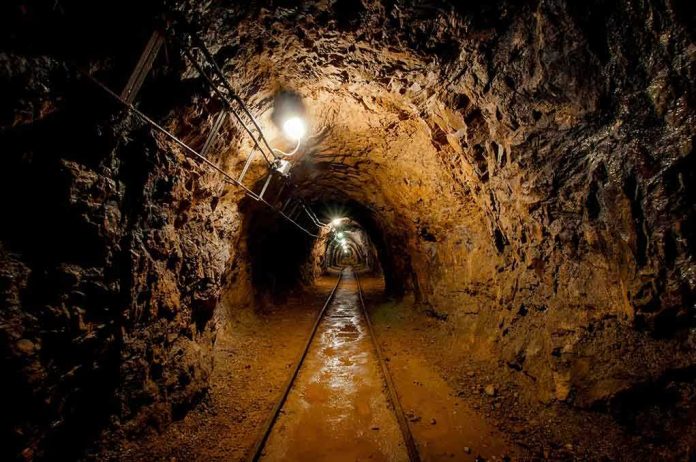
A West Virginia coal miner spent his final six days trapped in complete darkness beneath hundreds of feet of flooded mine shafts, a harrowing ordeal that exposes the deadly gamble thousands of workers face every time they descend into America’s underground coal operations.
Story Overview
- Steven Lipscomb, 42, became trapped when flooding struck his mine near Drennen, West Virginia on November 7, 2025
- Rescue teams battled hazardous conditions for six days before recovering his body on November 13
- The tragedy highlights persistent safety vulnerabilities in West Virginia’s aging mining infrastructure
- Governor oversaw extensive multi-agency rescue operation that drew statewide attention
Six Days of Darkness Underground
Steven Lipscomb’s nightmare began on November 7, 2025, when rushing water suddenly flooded the mine tunnels near Drennen, West Virginia. The 42-year-old miner from Elkview found himself trapped in a pitch-black labyrinth hundreds of feet below ground, with no way out and no means of communication with the surface world above.
What followed was six agonizing days of complete isolation in conditions that would test the limits of human endurance. Mine flooding creates a uniquely terrifying trap where victims face not only the immediate threat of drowning but also hypothermia, toxic gases, and the psychological torture of absolute darkness.
Race Against Time Rescue Operation
Governor Morrisey immediately mobilized a massive search and rescue operation involving state agencies, federal Mine Safety and Health Administration officials, and specialized dive teams. The complexity of underground mine rescue cannot be overstated – rescuers must navigate unstable structures, contaminated water, and the constant threat of additional flooding or collapse.
Rescue teams worked around the clock, but the flooded conditions severely hampered their efforts. Mine shafts filled with water become death traps for both victims and would-be rescuers, requiring specialized equipment and expertise that few possess. The harsh reality is that once flooding occurs in underground mines, survival odds plummet with each passing hour.
West Virginia’s Mining Safety Crisis
This tragedy joins a long list of preventable mining deaths that have plagued West Virginia for decades. The state’s mining industry, built on aging infrastructure and often operating on razor-thin profit margins, continues to put workers at unacceptable risk. Heavy rainfall and deteriorating drainage systems have increased flooding incidents across the region.
The 2010 Upper Big Branch Mine disaster killed 29 miners, while the 2006 Sago Mine disaster claimed 12 lives. Each tragedy prompts promises of reform, yet miners like Steven Lipscomb continue dying in preventable accidents. The pattern reveals a systemic failure to prioritize worker safety over corporate profits and regulatory convenience.
The Human Cost of America’s Energy Independence
Steven Lipscomb represented thousands of American miners who risk their lives daily to power our nation. These workers deserve better than hollow condolences and empty promises of investigation. They deserve mining companies that invest in proper drainage systems, early warning technologies, and emergency response capabilities that actually work when disaster strikes.
The governor’s pledge for a “thorough review” rings hollow without concrete action. Real change requires aggressive enforcement of existing safety standards, substantial penalties for non-compliance, and mandatory modernization of aging mine infrastructure. Lipscomb’s family and every mining family in West Virginia deserves nothing less than absolute commitment to preventing future tragedies through decisive action, not bureaucratic investigations.
Sources:
Pittsburgh Post-Gazette – WV Coal Mine Flooded
ABC News – Search Enters 5th Day Missing West Virginia Coal Miner
CBS News – Missing West Virginia Miner Body Found









